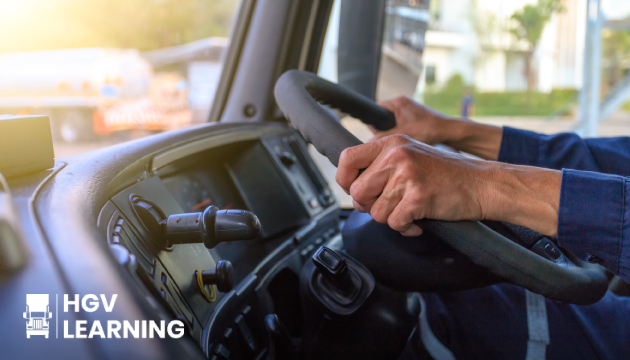Related Articles

09/01/2026
How to Become an HGV Driver in the UK

08/01/2026

The logistics and transportation sectors critically depend on Large Goods Vehicles (LGVs). They ensure the timely and safe delivery of goods across various distances. Aspiring to become an LGV driver not only opens up numerous job opportunities but also plays a pivotal role in the backbone of commerce and trade. This article delves into the essential requirements, training, and skills needed to embark on a career as an LGV driver. So, what is required to drive an LGV vehicle?
LGV stands for Large Goods Vehicle. It is a category that includes a wide range of commercial trucks and vans designed to carry substantial amounts of goods. Typically, these vehicles weigh more than 3.5 tonnes. LGVs are integral to transporting goods between distribution centres and retail outlets, making them indispensable in supply chains and international trade. Understanding the types and functionalities of these vehicles is the first step for anyone looking to pursue a career in this field.
Driving an LGV requires specialised training and a specific type of driving licence. This varies depending on the vehicle’s weight and the cargo it carries:
To obtain these licences, candidates must be over 18 and hold a full driving licence. The licensing process involves several critical steps:
Effective training is critical. This is not only for passing the licensing tests but also for ensuring long-term career success and safety on the road. Prospective drivers should choose accredited training providers with comprehensive programmes that include:
Such training ensures that drivers are well-prepared to handle the demands and responsibilities of driving an LGV.
Beyond the ability to drive, LGV drivers need a robust set of skills to succeed:
Communication and Time Management: Effective communication with dispatchers, clients, and regulatory authorities, alongside strict adherence to delivery schedules.
Drivers must be well-versed in the laws and regulations affecting their work:
The demand for qualified LGV drivers is consistently high. It offers diverse job opportunities across various sectors such as retail, manufacturing, and logistics. Career advancement can include specialising in areas. These include hazardous materials or temperature-controlled goods, or progressing to roles like fleet management or driver training.
Driving LGVs can be challenging due to long hours and the physical demands of the job. However, it also offers substantial rewards such as competitive wages, overtime pay, and potential bonuses.
Prospective drivers should thoroughly prepare for their licensing tests and seek quality training. You should engage in continuous professional development to enhance their skills and adapt to industry changes.
Embarking on a career as an LGV driver offers a chance to contribute significantly to the economy. It’s also a gateway to securing a stable and potentially lucrative professional path. With the right training, adherence to safety and legal standards, and a commitment to continuous improvement, drivers can achieve long-term success in this vital field.
When embarking on your journey to become a certified LGV driver, selecting the right training provider is crucial for your success. HGV Learning stands out as a premier choice for several compelling reasons:
Choosing HGV Learning for your LGV training ensures that you gain not only a qualification but a robust foundation for a successful career in the logistics industry. Our comprehensive approach prepares you to meet the challenges of LGV driving head-on, with confidence and skill.

09/01/2026

08/01/2026
Complete the form below and we’ll contact you asap.

